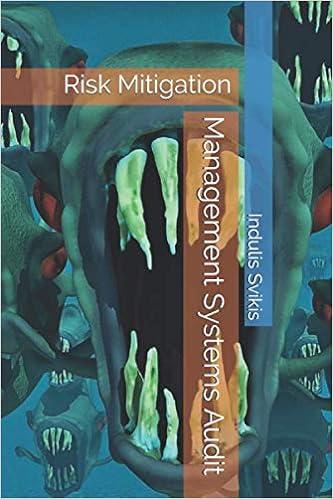Question
Decision tree exercise: You are interested in comparing the costs and outcomes over a 1-year time period of preventative strategies for postmenopausal women with osteoporosis.
Decision tree exercise: You are interested in comparing the costs and outcomes over a 1-year time period of preventative strategies for postmenopausal women with osteoporosis. You plan to compare three options: (1) Oral CalMore, 10 mg/day(2) Nasal Cal More, 200 IU/day; and (3); Long-acting CalMore, 70 mgonce a week. (Note: These are not real product names.) The main outcome measured is incidence of bone fracture and the effect on QALYs. Each year, about 5% of the patients tak ing once-a-day oral CalMore have a fracture (95% do not, about 10% of those taking nasal CalMore experience a fracture (90% do not, and 5% of those tak ing longacting CalMore experience a fracture (95% do not. The cost of treat ing a fracture is $3,000, and a fracture decreases a person's QALY by 0.5 QALYs. Once-a-day oral CalMore causes gastrointestinal (GIcomplications in 5% of the patients. Nasal CalMore causes nasal irritation or bleeding in 10% of the cases. Once-a-week oral CalMore causes GI complications in 2% of the patients. The average cost of treating GI complications is $200, and QALYs are decreased by 0.2. The average cost of treating nasal problems is $100, and QALYs are de creased by 0.1. The costs per year of the three medications are: Once-a-day oral CalMore = $600 Once-a-day nasal CalMore = $800 Once-a-week oral CalMore = $1,000 a. Draw the decision tree. b. Calculate the average cost for each treatment. C. Calculate the average QALY for each treatment.
Step by Step Solution
There are 3 Steps involved in it
Step: 1

Get Instant Access to Expert-Tailored Solutions
See step-by-step solutions with expert insights and AI powered tools for academic success
Step: 2

Step: 3

Ace Your Homework with AI
Get the answers you need in no time with our AI-driven, step-by-step assistance
Get Started


